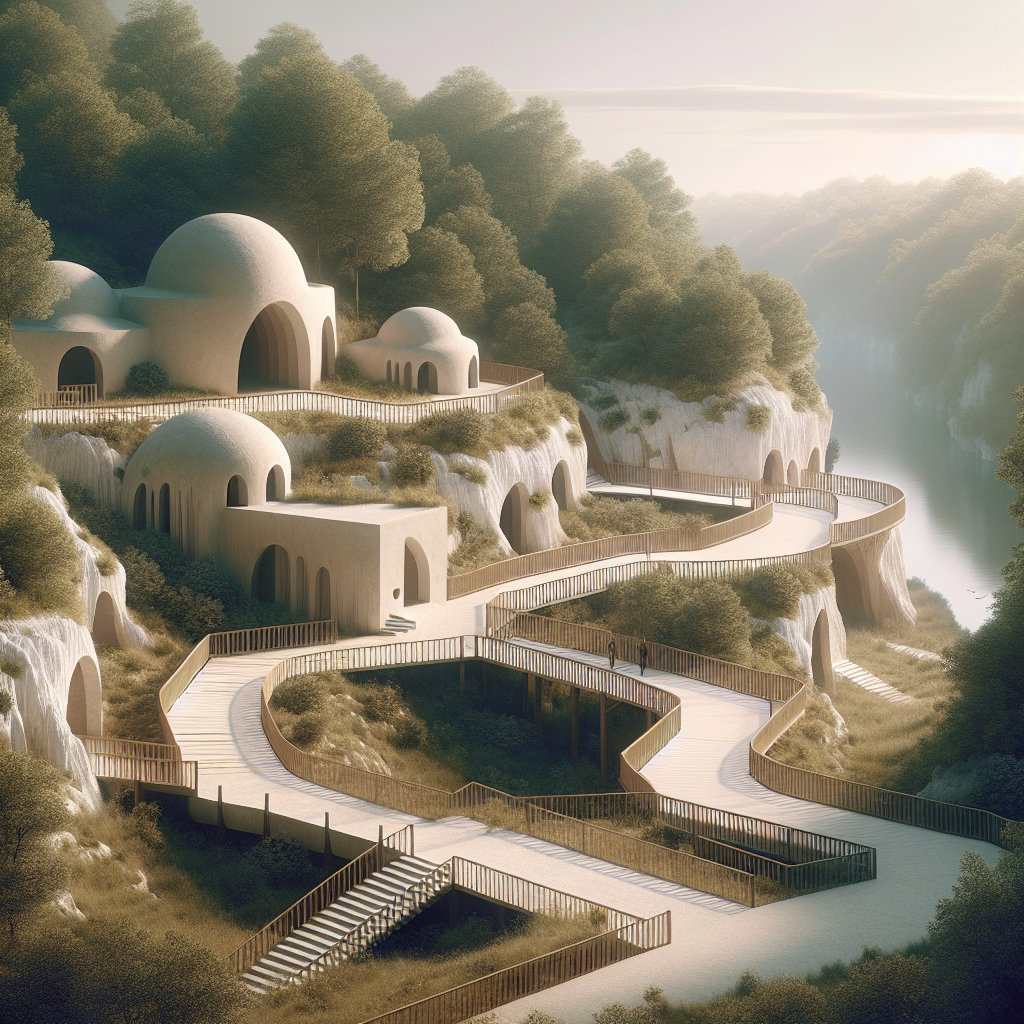If you’re an avid traveler, Plitvice Lakes National Park in Croatia should be on your radar. Known for its cascading lakes and stunning waterfalls, this UNESCO World Heritage site is also home to around 20 caves, each with its own story. But before you pack your bags, there are some fascinating, lesser-known aspects of these natural wonders that might find intriguing.
Firstly, not all caves in the park are open to tourists. Conservation efforts, especially after the Croatian War of Independence, have led to restricted access to preserve their natural state. This also ensures safety, as unexploded ordnance from the war may still be present in less accessible areas.


During the war in the early 1990s, the park was a frontline, causing its temporary closure and damage to some facilities. Some caves served as hideouts and storage for military equipment. The Šupljara Cave, however, remained untouched by military activities and is open for you to explore.
Interestingly, the conflict’s vibrations and explosions caused structural damage to some caves. Post-war, reconstruction efforts included repairing walkways and lookout points, some leading to cave entrances. These efforts were crucial for the park’s recovery and for visitor access.
Moreover, scientific studies after the war revealed that the bat populations in several caves had been disrupted. These populations are showing signs of recovery, indicating a resilient ecosystem. Geological surveys were also conducted to assess the impact of wartime activities on the park’s karst topology.
For those interested in the park’s history, a local legend speaks of a “hidden cave” used by partisans and rebels. The exact location of this cave is still a part of local lore, adding a layer of mystery to the visit. Post-war, the Croatian Mine Action Centre (CROMAC) has worked with park authorities to survey areas around the caves for mines and unexploded ordinances. Their efforts protect the park’s biodiversity and ensure the safety of visitors.


The war did hamper early tourism, but it also inspired international aid and volunteerism. This global effort focused on restoring the park’s natural beauty and touristic appeal, including access to its caves. Paths to some of the less accessible caves have been demined and secured, years after the conflict ended. This was done to ensure safety for future scientific expeditions and curious travelers.
When visiting Plitvice Lakes National Park, it is acknowledged that it reflects a history where every cave and path tells the tale of nature’s resilience and human impact. While exploring, awareness that the visit contributes to the ongoing story of this magnificent landscape is key.

